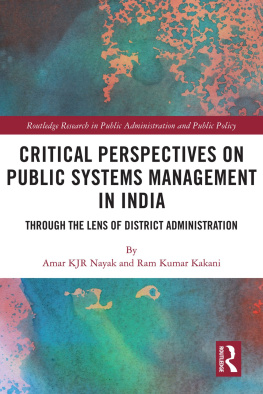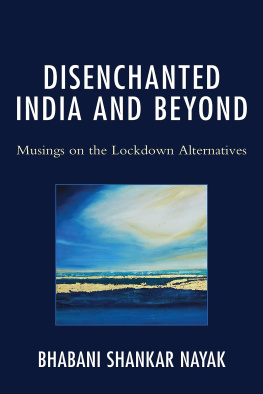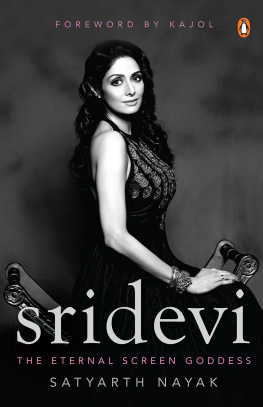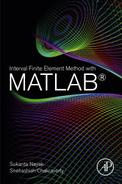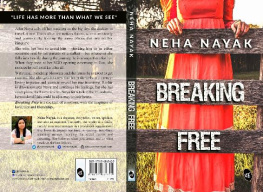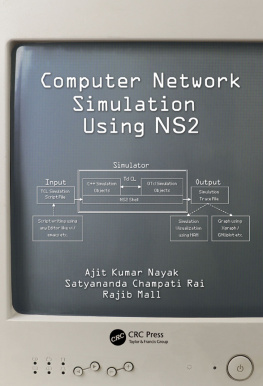Nayak - Mahagatha
Here you can read online Nayak - Mahagatha full text of the book (entire story) in english for free. Download pdf and epub, get meaning, cover and reviews about this ebook. year: 2022, publisher: HarperCollins India, genre: Religion. Description of the work, (preface) as well as reviews are available. Best literature library LitArk.com created for fans of good reading and offers a wide selection of genres:
Romance novel
Science fiction
Adventure
Detective
Science
History
Home and family
Prose
Art
Politics
Computer
Non-fiction
Religion
Business
Children
Humor
Choose a favorite category and find really read worthwhile books. Enjoy immersion in the world of imagination, feel the emotions of the characters or learn something new for yourself, make an fascinating discovery.

Mahagatha: summary, description and annotation
We offer to read an annotation, description, summary or preface (depends on what the author of the book "Mahagatha" wrote himself). If you haven't found the necessary information about the book — write in the comments, we will try to find it.
Nayak: author's other books
Who wrote Mahagatha? Find out the surname, the name of the author of the book and a list of all author's works by series.
Mahagatha — read online for free the complete book (whole text) full work
Below is the text of the book, divided by pages. System saving the place of the last page read, allows you to conveniently read the book "Mahagatha" online for free, without having to search again every time where you left off. Put a bookmark, and you can go to the page where you finished reading at any time.
Font size:
Interval:
Bookmark:

For Bapa
For those hundreds of tales
CONTENTS
The Puranas or ancient lore of Hindu mythology are an encyclopaedic body of sacred literature that chronicles traditional legends of gods, demons, sages and kings and dwells upon subjects like cosmology, theology, genealogy and philosophy. Ascribed to varied sources and handed down orally for generations, they were recorded in writing roughly between 250 CE and 1500 CE, by numerous scholars who scripted and re-scripted these texts across centuries. Categorised into Mahapuranas and Upapuranas, they not only remain vital to Hindu culture but also bear testimony to the very evolution of Hindu thought.
Given that each Purana provides a different account of legends with varying details, the 100 tales presented here are simply one version of events out of multiple ones. Also, the structuring of this book, as can be seen, for example, in the way the Vishnu avatar stories have been sequenced, does not follow simplistic popular notions but adheres to the more complex and multi-dimensional narrative of the Puranas. As for the selection of these tales, a threefold criterion was employed to compile the final list. How fascinating was the story. Who were the entities involved. And, if the story was lesser-known and deserved a wider audience.
An attempt has also been made, for the first time, to create a semblance of chronology while narrating these tales. Although extremely difficult, given the cyclical nature of time in the Puranas, a timeline has been arrived at for many of these stories using prominent Puranic markers like the four yugas, the seven manvantaras, Vishnus avatars, the generations of gods and demons and the family tree of kings. This is because I did not wish these tales to exist in isolation in the book but within a context of their past and future. Within a cycle of their cause and effect. Of karma and karma-phal which is how our universe functions. Hence, the book I present to you is not a random collection of stories but an epic narrative of continuous and connected action.
As is customary with recounting material like this, certain portions have been dramatised for effect. Creative liberties have been taken to enhance the bodies of some of these tales, but their souls remain untouched. Untainted. Unvarnished.
One of the biggest takeaways from these stories is the epiphany that the Puranas inhabit a gloriously grey zone. That there is no simplified dichotomy of good and evil but a highly complex cosmos where even devas can act vile and even asuras can act virtuous. Where the demonic can spawn the divine and the divine can bring forth the demonic. Where boons can often create chaos and curses can often lead to good. Where the Ocean of Milk that bestows amrita, also spews halahal. Where Sita curses a cow while Krishna blesses a snake. Where Vishnu, who debases the chaste Vrinda, also embraces the concubines of Naraka. Where Rama upholds but Krishna uproots. Where along with dharma, also exists Apad Dharma. This inexactitude allows for a million interpretations of these tales. Even raises queries that does our Brahmanda operate without rules. And yet, within this bewildering maze of dialectics, often glimmers a truth that is absolute. A moral that is supreme. An answer that is universal. A particle of the Parabrahman so enlightening that it takes us a little closer to him.
For me, the cardinal message of the Puranas has always been that nothing is haphazard about our universe. That everything occurs for a reason. For greater good. That we are all part of a monumental design, our fates entwined with each other, our lives impacting each other, our actions either ending a cycle or beginning a new one for each other.
I hope that you, my reader, shall go on to discover your own seminal truths in these pages.

In the beginning, there was nothing. Only the Parabrahman.
It was the supreme principle that had no beginning and no end. The absolute reality that was utterly indescribable. The divine essence with infinite potential. The cause and the effect blended into one. Timeless. Boundless. Self-created and self-contained. It had no form, nor was it formless. It had no traits, nor was it without any. Pure consciousness beyond the reach of thoughts and senses. A catalyst that was unchanging, yet it would bring forth every change.
It was only when the Parabrahman willed it, that creation of the material universe began.
A universe that would now be manifest. Observable. Discoverable. Distinguishable. This will of the Parabrahman produced a vibration which birthed the first sound, and it was Om. The sound that contained all the sounds. And the first to form was the Maha Tattva, or the primordial element from which originated the three gunas or the three attributes. Sattva Guna denoting preservation, Rajas Guna denoting action and Tamas Guna denoting destruction. The interplay of these three gunas brought forth the Pancha Tattva, or the five physical elements. Air. Water. Earth. Fire. Ether.

Together, they made Prakriti, or nature, manifest.
The gunas also gave rise to the five senses. Sight. Hearing. Touch. Smell. Taste. These would be determined by five sense organs which would be governed by the mind. With matter had come forth perception. Water now flowed and covered everything. Water, water everywhere, but nothing that would sink. The Parabrahman manifested itself as a divine entity who lay on these waters like a lily pad over a pond. Since water is nara and abode is ayana, this entity acquired his name.
Narayana.
The Parabrahman now implanted its own seed in the water. Thus fertilised, the water nurtured the seed and, in due course, generated an egg. A golden egg that shone like an orb of light. Since this egg, or anda, had been spawned by the Parabrahman, it came to be known as Brahmanda. The cosmos. Narayana now entered the egg as Vishnu. The All-Pervading One. The Preserver, presiding over Sattva Guna. As this golden egg, or hiranya, enveloped him like a womb, or garbha, it acquired the name Hiranyagarbha.
A lotus with fourteen petals sprouted through Vishnus navel, and out of this flower emerged Brahma. Another divine manifestation of the Parabrahman. The Creator, presiding over Rajas Guna. The progenitor bore a kamandala, or water bowl, and a mala, or rosary. Born thus of a lotus from the navel, he got other names, like Padmayoni and Nabhija.
After spending a year inside the Hiranyagarbha, like a pearl gestating in an oyster, Brahma split the egg into two. The upper half became heaven and the lower half, earth. Between the two stretched the sky. Brahma had begun the cycle and he knew how it would eventually end. Creation, or sarga, would lead to preservation, or sthiti and finally give way to dissolution, or pralay. But as soon as one cycle would die, a new one would be born. At the end of every cycle, when all would be reduced to the primeval ocean of chaos, he would initiate this process all over again.
An eternal sequence of cycles. A universe of interlocked circles.
Like a firework exploding in a dark sky, Brahmanda had come into being. Brahma sat gazing at what he had just created. Then he entered a state of meditation and from his depths originated the four Vedas. Rig Veda, Yajur Veda, Sama Veda and Atharva Veda. Little did the Creator know that four troubles were also about to rear their heads. Four troubles that would now endanger this very course of creation.
Next pageFont size:
Interval:
Bookmark:
Similar books «Mahagatha»
Look at similar books to Mahagatha. We have selected literature similar in name and meaning in the hope of providing readers with more options to find new, interesting, not yet read works.
Discussion, reviews of the book Mahagatha and just readers' own opinions. Leave your comments, write what you think about the work, its meaning or the main characters. Specify what exactly you liked and what you didn't like, and why you think so.


